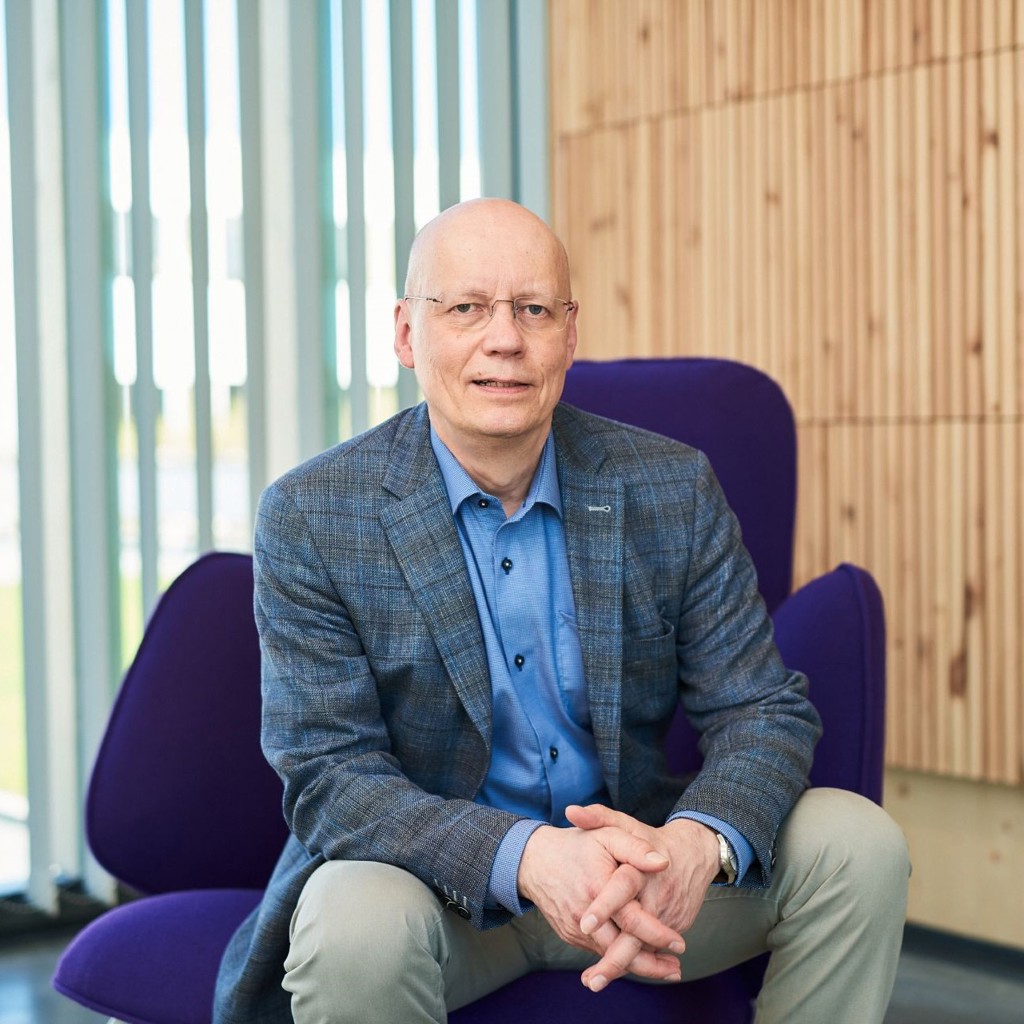Martti Kauranen
Tampere University of Technology, FinlandFor pioneering contributions to the nonlinear optics of surfaces, thin films, and nanostructured materials, including multipole effects in their nonlinear response. .

In school, Martti was always good at math and science, which spurred his interest in the subjects. His attraction to the fields stuck with him, and he decided to pursue a scientific degree when it came time to attend university.
Originally, he planned to study computer science, but found that he lacked his peers’ desire to write code day and night so he decided to pursue physics instead. In his second year, while talking to different research groups to decide which one he wanted to join, he visited a lab with a dye laser with orange output light. The light filled the entire room, and he was fascinated. That laser drew Martti onto his optics journey.
After completing his undergraduate work, Martti had the opportunity to complete his PhD at University of Rochester, USA. Working in Fellow Robert Boyd’s lab was a turning point for him. Boyd’s lab was much larger and had many more resources than he experienced at Helsinki University of Technology, Finland (now Aalto University) for his undergraduate studies. The time in Rochester allowed him the opportunity to learn more about optics and to solidify his career path.
After completing his PhD, he knew he wanted to move back to Europe, but it took some effort to find a position. He was offered a postdoctoral position with chemists at the University of Leuven in Belgium. While this area was not what he originally sought, in the end he found that his optics skills complemented the lab group members’ expertise on organic materials and this proved to be a “very productive combination.”
Martti moved back to his native Finland at the end of 1999 as Professor of Physics at the Tampere University of Technology (TUT). For the past 15-20 years, he and his group have been working on nonlinear optical properties of nanostructured materials, both metasurfaces and individual nanoparticles or oligomers. He says that this is a “growing field with a lot of excellent groups contributing right now.” The group is also working on the use of cylindrical vector beams (e.g., radial and azimuthal polarization) to address nonlinear properties of individual nano-objects. This and related approaches will also provide new opportunities on a more general level in coupling light into such objects.
Martti notes that, “there is so much happening in my field and in optics and photonics in general that it is a struggle to even follow the most exciting developments.” He advises young researchers to “take chances and seize the opportunity when it comes [because] you cannot plan your life and career.” Once you have taken an opportunity it is important to “maintain focus and not jump into every fashionable direction as you are likely to be there too late.”
In the past 10 years, Martti has also had increasing administrative duties. In 2019, he was called to serve as full-time Dean of the Faculty of Engineering and Natural Sciences when TUT and the University of Tampere were merged to become the new Tampere University.
Profile written by Jeanette Gass
